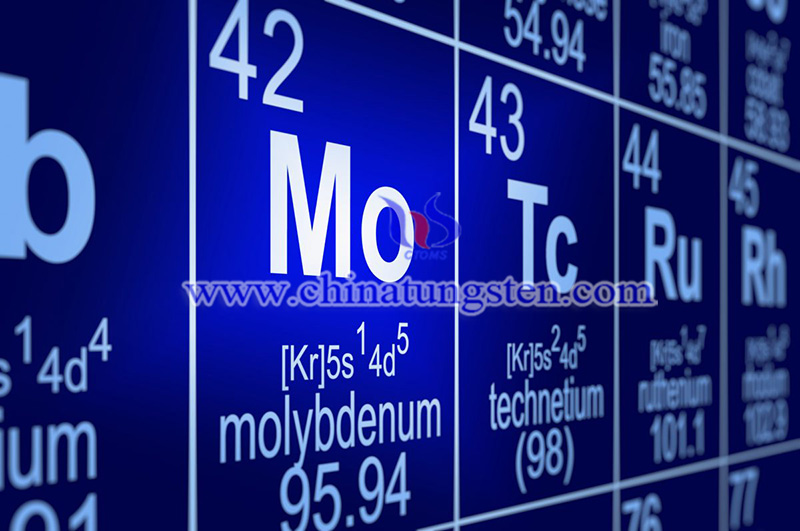Cobalt/Molybdenum Disulfide Heterostructure for Next-Gen Semiconductors
- Details
- Category: Tungsten's News
- Published on Monday, 27 July 2020 20:36
A character study and analysis of the "cobalt/molybdenum disulfide (MoS2) heterostructure" has been conducted by the researchers from the National Synchrotron Radiation Research Center (NSRRC) and found that this new material combination is expected to lead semiconductors to break through physical limits.
The world is currently facing physical bottlenecks in traditional semiconductor materials. As semiconductor manufacturing processes move towards 3 nm. Two-dimensional materials with thickness at the atomic level such as graphene and MoS2 have been hailed as potential candidates for surpassing physical extremes and replacing traditional semiconductor materials such as silicon. 2D materials possess many exceptional properties, such as high conductivity, high strength, adjustable electronic structure, and translucency which is why it has seen huge development potential in the fields of electronics, photonics, sensors, and energy materials.
![]()
The international research team led by NSRRC used the "Taiwan Light Source" (TLS) and "Elettra-Sincrotrone Trieste", Italy, the characteristic analysis of the "cobalt/molybdenum disulfide heterostructure" found that through the interlayer interaction, the amorphous cobalt film landed on a single layer of molybdenum disulfide can behave as if it is in a crystalline state and thus displays "spontaneous magnetic anisotropy" at room temperature. This finding opens up an all-new perspective in designing future spintronic devices.
The research results were published on the top international journal Nanoscale Horizons on July 1, and were selected as the inside cover of the journal. This study has added another knob, orbital hybridization, to fine-tune the magnetic anisotropy.
The study pointed out that magnetic anisotropy refers to the characteristic that the magnetization direction of magnetic materials is easily aligned in a specific direction, and can be used to define 0 and 1 in digital records. How to use the preparation of new materials or artificial structures to discover new magnetic anisotropy and control its direction is key to the development of magnetic storage and magnetic induction technology, including magnetoresistive random access memory (MRAM), mobile phone electronics compasses, and gyroscopes. Compared with traditional electronic components, spintronic components can provide higher energy efficiency and lower power consumption, and are also predicted to be the mainstream components of the next-generation semiconductors.

The study found that the "orbital hybridization" at the interface of heterostructures allowed cobalt/molybdenum disulfide to induce “spontaneous magnetic anisotropy” in the amorphous cobalt film at room temperature. As such anisotropy is mostly found in crystalline materials, this discovery adds a new possibility in designing future semiconductors with 2D materials.
| Molybdenum Supplier: Chinatungsten Online www.molybdenum.com.cn | Tel.: 86 592 5129696; Fax: 86 592 5129797;Email:sales@chinatungsten.com |
| Tungsten News & Prices, 3G Version: http://3g.chinatungsten.com | Molybdenum News & Molybdenum Price: http://news.molybdenum.com.cn |



 sales@chinatungsten.com
sales@chinatungsten.com